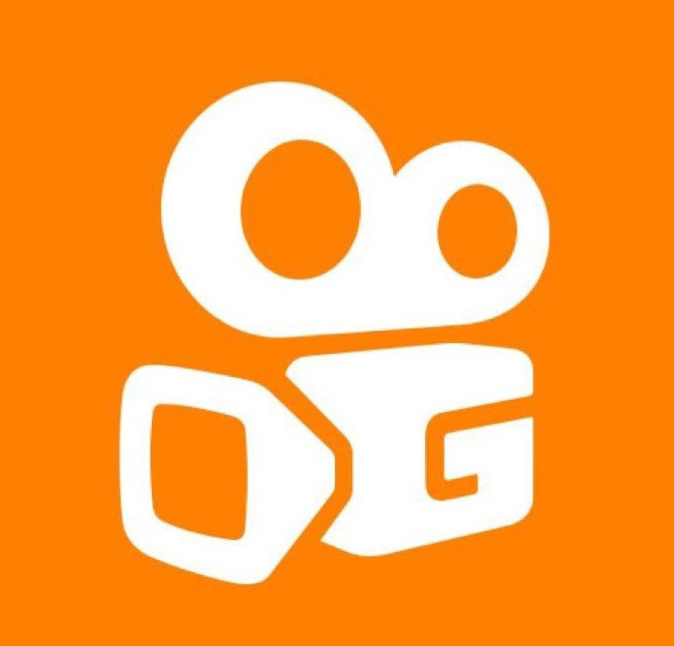Of all the places you'd expect to have trouble finding value for money, Bordeaux surely ranks right up there with the best of them.
That's the perception, at least. If you had to pick three painfully expensive regions to buy from, Bordeaux would be among the first to spring to mind, alongside Burgundy and, perhaps, Napa.
| Related stories: |
| Bordeaux Looks Directly Beyond La Place |
| Dry Spell Ahead for Château Climens |
| Bordeaux's Most Expensive Wines |
These regions usually appear expensive, although the reality is quite different. Burgundy isn't all tiny, walled vineyards producing minuscule quantities of esoteric Pinot Noir, it's also full of gluggable-but-forgettable Chardonnay. You can still buy a bottle of Napa Valley Cabernet for $5 (well, a global average of $5, at least), and for every luxurious château knocking out classed-growth wine in the Médoc, there are a hundred small producers trying desperately to get their wines to market, to get noticed and to get sold.
While the top-tier wines might see $500 as a mere starting point for their prices, the vast majority of Bordeaux wines never see anything like that. The average price for a bottle of red Bordeaux, across all the wines from there that we list on Wine-Searcher, is just $15. For entry-level Burgundy Pinot Noir, the average is $28 and the average Napa Cabernet will set you back $93 a bottle. So value in Bordeaux is achievable as far as price goes – it just means you have to be careful on the quality side.
Bordeaux also offers diversity; perhaps too much for its own good. You know what you're getting into when you start hunting down Napa Cabs and Burgundy Pinots. In Bordeaux you have the Cabernet Sauvignon side of the river, the Merlot side, the Cabernet Franc hotspots, the crisp whites of Graves and the luscious botrytized wines of Sauternes and Barsac – and that's just the main highlights.
The usual perception of Bordeaux is a red wine, but that's rarely where the real value lies. Before we get into the nitty-gritty of where the value is, however, we should perhaps define it a little more clearly.
At Wine-Searcher, we have an algorithm that calculates the relative value of each wine. It considers two main things – the wine's aggregated critic score and its price. However, it appears to give more weight to scores than dollars, so we thought we should redress the balance by working on a more direct point-to-dollar ratio for a simplified "bang for buck" scale. Simply dividing the score by the price gives a value factor and the higher the factor the better the value – a kind of points-per-dollar scale. The higher the value factor, the more points per dollar.
Usually, when we run our superlative lists, we don't take vintage into account, but since vintage variation affects the score so much, we concentrate on individual vintages of wines for our best-value lists.
Let's take a look at Bordeaux.
Best Value Bordeaux on Wine-Searcher:The last time we ran this list, the same big message came across loud and clear – if it's value you want, head towards Sauternes. With three vintages of Suduiraut on the list, and two of Coutet, you can see how vintage is important when it comes to value. Last year, Coutet also had the same two vintages on the list – a sign of how stable its prices have been.
Likewise, last year only had two red wines on the list – the 2015 Château Saincrit Bordeaux Supérieur topped the list with an admirable value factor of 9.10 (it had a score of 91 and an average price of just $10), but there isn't enough left to make this year's list. Instead, the Galius tops the chart, which is something of a surprise – Saint-Émilion isn't usually associated with value.
The wine has an average price of just $18 for the 2016 vintage, and an aggregated critic score of 92. It's made by a co-operative, Union de Producteurs de Saint-Émilion, which produces millions of bottles annually but Galius is clearly something a bit special – compare its price tag and the average price tag for a Bordeaux blend wine from Saint-Émilion and there's quite a difference: $18 against $87.
The other red on this year's list is in the same place as it was last year – the only difference is that Château Malartic Lagraviére's value factor has fallen slightly, from 1.62 to 1.46, marking a slight rise in average price for the 2015 vintage from $59 last year to $63 today.
Outside the top 10, there are some promising reds – the 2018 Domaine de Chevalier has a value factor of 1.22, the 2018 Château Pavie Macquin sits at 1.18 – but the reality is that Sauternes is where it's at if you're value hunting in Bordeaux.
And sweet white wine might not necessarily be what you think of first when Bordeaux is mentioned, but at least it's good value.






















